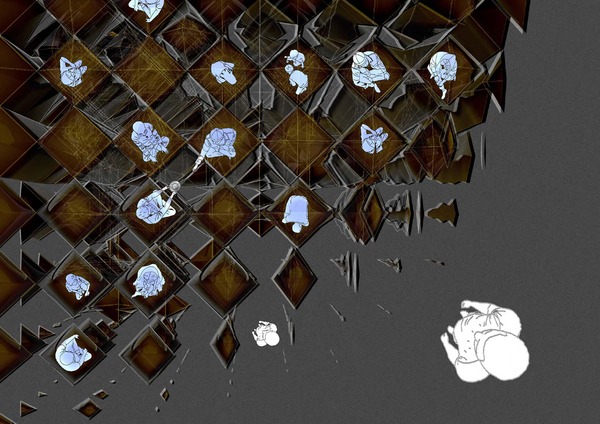Studio 3 project is about designing a space for underprivileged people to cook, eat, socialize, communicate with their neighbors, create new memories, and develop space attachment. There are two main research questions in the studio 3 project:
1. How can self-actualization be achieved by re-imagining what a restaurant can be in a poor neighborhood?
2. How can radical affordability be achieved in a new restaurant typology in a poor neighborhood?
Summary of the Studio 3 portfolio:
This project focuses on two main principles, self-actualization, and affordability, which are highly important in order to respond to the research question. Studio 3 focuses on self-actualization and affordability through re-imagining what a new restaurant typology can be by considering the socio-cultural factors of the chosen neighborhood, city, and the country.
In order to achieve self-actualization and radical affordability in the design of community restaurant, this project firstly introduces “discovery” as a way to attain self-actualization for the individuals, which can be achieved by designing a space for the users to attach memory and emotion to it and to simply creating an identity both for the space and themselves. Furthermore, as another primary principle in the design, affordability is equally significant as self-actualization. To reach radical affordability, this design uses sandbag structures and reused bricks on the site for the project’s construction. Another reason for using sandbags as the central building material is that it allows everyone in the neighborhood to participate in the process. Depending on their skill and desire, they can assist in the construction of structures.
This concept of self-built allows individuals to be part of the construction of this place from the beginning; this helps people learn about all design elements, resulting in a sense of belonging and identity. This choice is made in response to the research question of allowing people to self-actualize in this environment.


